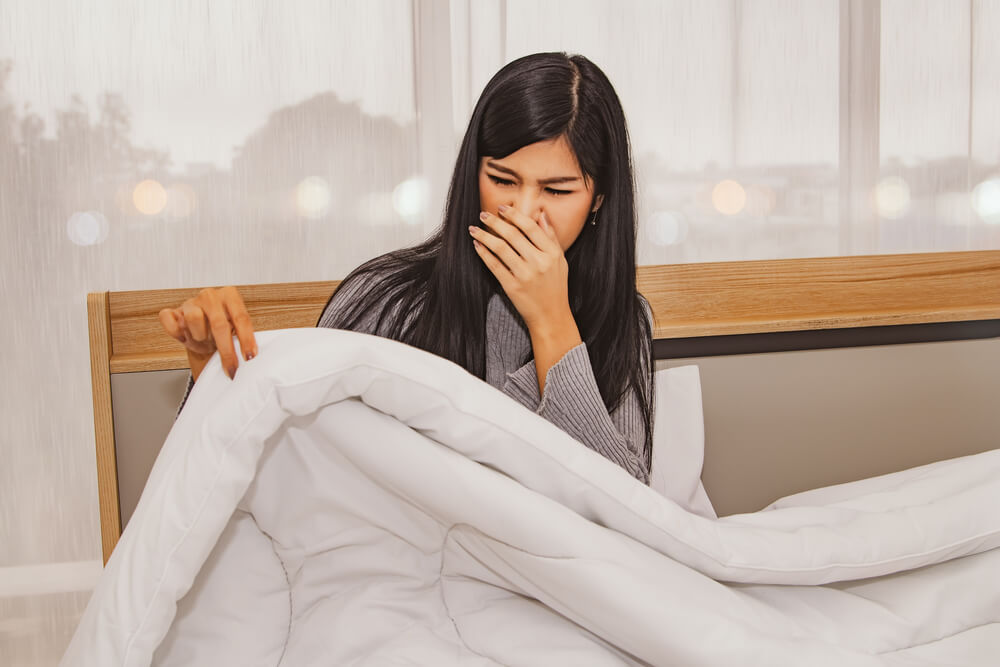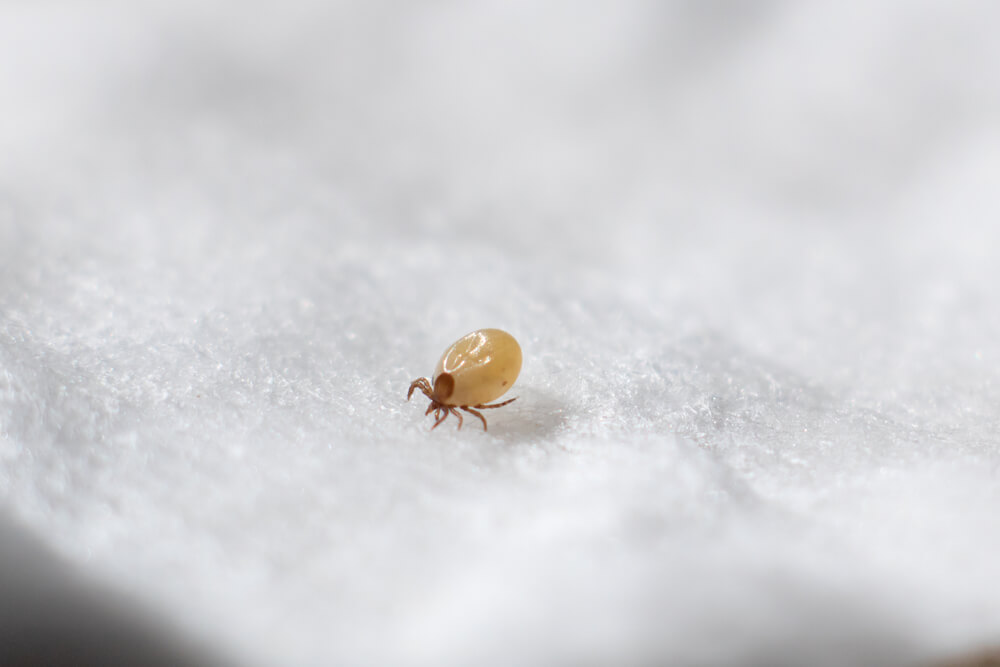Dealing with dust mite allergies can be a challenging and often frustrating experience. These tiny creatures, invisible to the naked eye, are one of the most common triggers for allergic reactions in the home. This comprehensive guide is dedicated to understanding dust mite allergies, their symptoms, and effective dust allergy treatment strategies. As we explore this topic, remember that professional advice and allergy testing are essential steps in managing any allergy, including an allergy to dust.
Understanding Dust Mite Allergies
Dust mite allergies are reactions caused by tiny bugs commonly found in household dust. These mites feed on dead skin cells and thrive in warm, humid environments. They are not parasites; they don’t bite, spread diseases, or live on humans, but their waste products and body fragments can trigger allergic reactions.
What Causes Dust Mite Allergies?
An allergy to dust mites occurs when the immune system overreacts to proteins in the mites’ waste products. When inhaled or come into contact with the skin, these proteins can cause an allergic reaction.
Identifying Dust Mite Allergy Symptoms
Recognizing dust mite allergy symptoms is crucial for timely treatment. Common dust allergies symptoms include:
- Sneezing and Runny Nose: A continuous sneezing fit or runny nose can often be a sign.
- Itchy, Red or Watery Eyes: Allergic reactions often affect the eyes.
- Nasal Congestion: Difficulty breathing through the nose is a common symptom.
- Itchy Skin or Rashes: Some people may experience dermatological reactions to dust mites.
Diagnosing Dust Mite Allergies
Diagnosis of a dust mite allergy typically involves:
- Medical History Review: Discussing symptoms and their occurrence with a healthcare provider.
- Physical Examination: Focusing on the nose, throat, eyes, and skin.
- Allergy Testing: Skin prick tests or blood tests can confirm a dust mite allergy.
Comprehensive Dust Allergy Treatment
Effective dust allergy treatment includes a combination of strategies:
Reducing Exposure to Dust Mites
- Regular Cleaning: Frequent vacuuming with a HEPA filter vacuum cleaner and dusting with damp cloths can reduce dust mites.
- Controlling Humidity: Keeping indoor humidity below 50% can make the environment less hospitable to dust mites.
- Using Dust Mite Covers: Encasing mattresses, pillows, and box springs in allergen-proof covers.
Medications
- Antihistamines: To relieve sneezing, runny nose, itching, and discomfort.
- Decongestants: To relieve nasal congestion.
- Nasal Corticosteroids: To reduce inflammation and control dust allergies symptoms.
Allergy Immunotherapy
- Allergy Shots (Immunotherapy): Regular injections containing tiny amounts of dust mite allergens can gradually build tolerance over time.
Home Remedies and Lifestyle Adjustments
In addition to medical treatments, certain home remedies and lifestyle changes can help manage dust mite allergies:
- Air Purifiers: Using air purifiers with HEPA filters to reduce airborne dust mites.
- Washing Beddings Regularly: Washing sheets, pillowcases, and blankets weekly in hot water.
- Choosing the Right Furnishings: Opting for hardwood floors instead of carpets and using washable curtains and blinds.
The Role of Environmental Control in Managing Dust Mite Allergies
Environmental control is a crucial aspect of managing dust mite allergies. This involves creating an environment that is less conducive to dust mites:
- Reducing Clutter: Clutter can trap dust and create more spaces for dust mites to live.
- Selecting Appropriate Bedding: Using bedding made from synthetic materials can help, as these are less likely to harbor dust mites compared to natural fibers.
- Minimizing Upholstered Furniture: Where possible, choose furniture that is less likely to accumulate dust and mites, such as leather or vinyl.
Understanding and Preventing Dust Mite Allergies in Children
Children can be especially sensitive to dust mites. Reducing exposure in children’s bedrooms and play areas is crucial. Using allergy-proof covers, washing stuffed toys, and minimizing clutter can help prevent allergy to dust in children.
Nutrition and Dust Mite Allergies
While nutrition may not directly cure dust mite allergies, a well-balanced diet plays an integral role in strengthening the immune system, which can help the body respond more effectively to allergens. Understanding the connection between diet, overall health, and allergies is important for those managing dust mite allergies.
Foods to Boost the Immune System
- Antioxidant-Rich Foods: Fruits and vegetables high in antioxidants can help reduce inflammation in the body. Berries, leafy greens, and brightly colored vegetables are excellent choices.
- Omega-3 Fatty Acids: Foods like salmon, flaxseeds, and walnuts, which are high in omega-3 fatty acids, can help regulate the body’s response to inflammation and may alleviate some allergy symptoms.
- Probiotic Foods: Yogurt, kefir, sauerkraut, and other fermented foods contain probiotics that can improve gut health. A healthy gut flora can support the immune system and potentially reduce allergic reactions.
Foods to Avoid or Limit
- High Histamine Foods: Certain foods are naturally high in histamines or can trigger histamine release, which might exacerbate allergy symptoms. These include aged cheeses, processed meats, and alcohol.
- Processed and Sugary Foods: Excessive consumption of processed and sugary foods can lead to inflammation and weaken the immune system, potentially making allergic reactions more severe.
Hydration and Dust Mite Allergies
- Staying Hydrated: Adequate hydration is essential for overall health and can help thin nasal mucus, making it easier to breathe when experiencing allergy symptoms.
Supplements for Allergy Management
- Vitamin D: Some studies suggest that vitamin D supplementation might improve allergic symptoms, although the evidence is not conclusive. It’s important to consult with a healthcare provider before starting any new supplement.
- Quercetin: A natural bioflavonoid found in many plants and foods, quercetin has been studied for its potential to stabilize mast cells and reduce histamine release, which might help in managing allergy symptoms.
Emerging Treatments for Dust Mite Allergies
Research into dust mite allergies is ongoing, with new treatments, including sublingual immunotherapy (SLIT) and biological therapies, showing promise in clinical trials.
The Psychological Impact of Allergies
Managing dust mite allergies can also have a psychological aspect, especially if symptoms are severe. Addressing the stress and anxiety that comes with chronic allergies is an important part of overall treatment.

Understanding the Seasonal Variations in Dust Mite Allergies
Dust mite populations can fluctuate with the seasons. In humid and warmer climates, dust mites thrive, potentially worsening allergy symptoms. In contrast, colder and drier climates can reduce their numbers. Being aware of these seasonal patterns can help in intensifying or relaxing preventive measures accordingly.
The Impact of Dust Mite Allergies on Sleep Quality
Dust mite allergies can significantly impact sleep quality due to symptoms like nasal congestion and coughing. Ensuring a dust-mite-free bedroom environment is essential for good sleep hygiene. This includes regular washing of bed linens, using dust-mite-proof covers, and maintaining a clean and ventilated sleeping area.
Conclusion
Dust mite allergies, while common, can significantly impact quality of life. Understanding the nature of these allergies, their symptoms, and effective treatment strategies is key to managing them effectively. For those seeking specialized care and guidance, Allergy and Immunology Center offers expert services in managing dust mite allergies and other allergic conditions, ensuring comprehensive care and improved quality of life for allergy sufferers.


